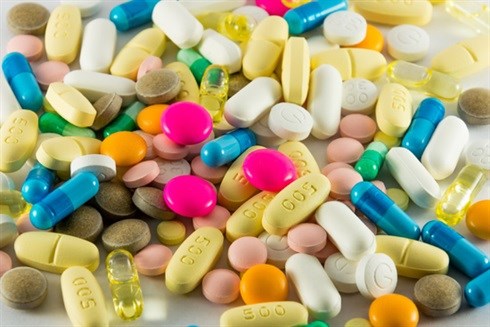
Top stories


EducationFrom adversity to opportunity: African education’s revival strategies
Sanjeev Mansotra 1 day



Marketing & MediaThe Odd Number named Financial Mail AdFocus Mid-Sized Agency of the Year
The Odd Number 1 day

More news












As patents expire on a generation of traditional pharmaceuticals, competition has exploded among manufacturers of generic equivalents, which is driving the cost of generics so low, that some are practically free. Even brand name products still protected by patents are feeling the price squeeze. The increased uptake in generics spells good news for consumers.
Paul Anley, CEO of leading generics firm, Pharma Dynamics says although annual price increases are granted, the effect of generic competition in the market prevents originator companies that manufacture brand name products from taking advantage of these increases.
"According to the latest IMS data, private sector drug prices on average only increased by 2.1% last year, despite the health department providing an increase of 5.8%. This is further evidenced by the originator market only growing at 2.1% by value and 1.2% by volume, which reflects a tight 0.9% price increase for originators."
While the growth of generics is almost five times faster at 10.4% by value and 4.8% by volume, which indicates that the generics sector did take advantage of the price increase, Anley notes that this is largely necessitated by the fact that the industry operates at much lower margins.
Generics' increased local market share now accounts for more than 50% by volume, although much smaller by value due to the price differential between brand name drugs and generic equivalents. The cost variance between the two is now as much as 72%, which is a tremendous saving.
"More than one out of every two drugs dispensed in South Africa are generic, so even if a brand name doesn't have a generic equivalent, there may be a generic in that same therapeutic category. Increased consolidation in the healthcare industry is also having an impact on medicine prices and availability. Medical aids are trying to create more competition, even among medicines that are still under patent. They are also tightening up their formularies, in part to force pharmaceutical manufacturers to compete on price.
"Ultimately, these measures mean generous savings for consumers and is consistent with government's overarching goal of health reform," he concludes.